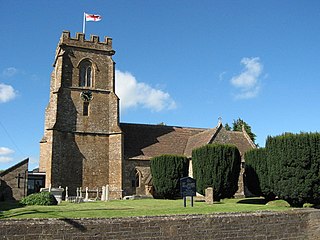
Preston Plucknett is a suburb of Yeovil in Somerset, England. It was once a small village, and a separate civil parish until 1930, when it was absorbed into the neighbouring parishes of Yeovil, Brympton and West Coker. It was listed in the Domesday Book of 1086 as "Preston" when its lord was Ansger of Montacute. In the 13th century, Alan de Plugenet was lord of the manor and added his surname to Preston. Following the 20th century expansion of Yeovil, Preston Plucknett became little more than a suburb of the town. Throughout the centuries the spelling and pronunciation of the name has changed and evolved until it became the present day "Preston Plucknett." The parish of Preston Plucknett was part of the Stone Hundred.

Stourton with Gasper is a civil parish in the southwest of the English county of Wiltshire. Its main settlement is the village of Stourton, along with the hamlets of Bonham and Gasper. The village is about 2+1⁄2 miles (4 km) northwest of the small town of Mere, and is part of the Stourhead estate, which includes much of the west of the parish. The estate is in the ownership of the National Trust, and the entrance to the estate's famous house and garden is through the village.

St James' Church is in the village of Gawsworth, Cheshire, England, and is sited near Gawsworth Hall. It is recorded in the National Heritage List for England as a designated Grade I listed building. It is an active Anglican parish church in the diocese of Chester, the archdeaconry of Macclesfield and the deanery of Macclesfield. Clifton-Taylor includes it in his list of 'best' English parish churches. The authors of the Buildings of England series describe the church as being "pretty, but odd".
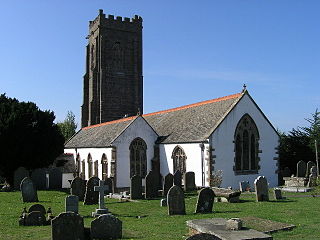
The Church of St Decuman in Watchet, Somerset, England has a 13th-century chancel with the rest of the church being from the 15th century. It has been designated as a Grade I listed building.
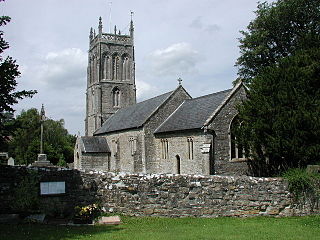
The Church of St Gregory in Weare, Somerset, England dates from the 11th century, although most of the building is from the 15th, and has been designated as a grade I listed building.

The Church of St John the Baptist in Yeovil, Somerset, is a Church of England parish church.

The Abbey Farm House in Yeovil, Somerset, England was built around 1420 and has been designated as a Grade I listed building.

The Church of St James is a Church of England parish church in Taunton, Somerset, England. It dates from the early 14th century, although an earlier church, associated with Taunton Priory, was located on the same site in the 10th century. The church is dedicated to St. James the Greater. It is a Grade II* listed building.

The Anglican St George's Church was founded in the 13th century in the village of Wembdon within the English county of Somerset. The current building dates from the 14th and 15th century but was largely rebuilt in 1868 after a fire. It is a Grade II listed building.

The Anglican St Peter's Church at Treborough within the English county of Somerset dates from the 14th century. It is a Grade II* listed building.

The Anglican Church of St John The Evangelist at Kenn within the English county of Somerset has a Norman tower, with much of the rest of the church dating from around 1300. It has been designated as a Grade II* listed building.

The Anglican Church of St Michael and All Angels at Butcombe in the English county of Somerset was built in the 15th century and restored in 1868. It is a Grade II* listed building.

The Anglican Church of St. Michael and All Angels in Flax Bourton in the English county of Somerset was built in the 12th century. It has been designated as a Grade II* listed building.

The Anglican Church of St James the Great in Fitzhead, Somerset, England was built in the 15th century. It is a Grade II* listed building.
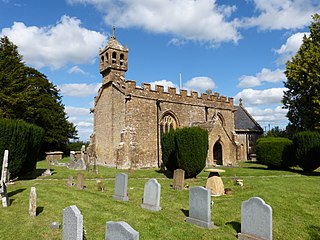
The Anglican Church of St Mary in Chilthorne Domer, Somerset, England was built in the 13th century. It is a Grade II* listed building.

The Anglican Church of St Michael and All Angels in Haselbury Plucknett, Somerset, England was built in the 14th century. It is a Grade II* listed building.
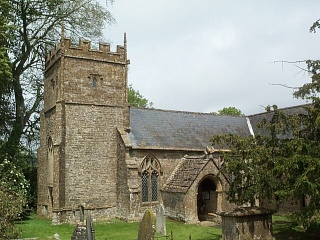
The Anglican Church of St Margaret in Middle Chinnock, Somerset, England was built in the 12th century. It is a Grade II* listed building.

The Anglican Church of St Mary Magdalene in Cricket Malherbie, Somerset, England was built in the 12th century and rebuilt in 1855. It is a Grade II* listed building.
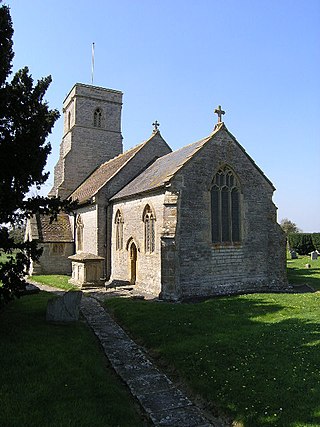
The Church of St Thomas of Canterbury in Lovington, Somerset, England, was built in the 13th century. It is a Grade II* listed building.





















